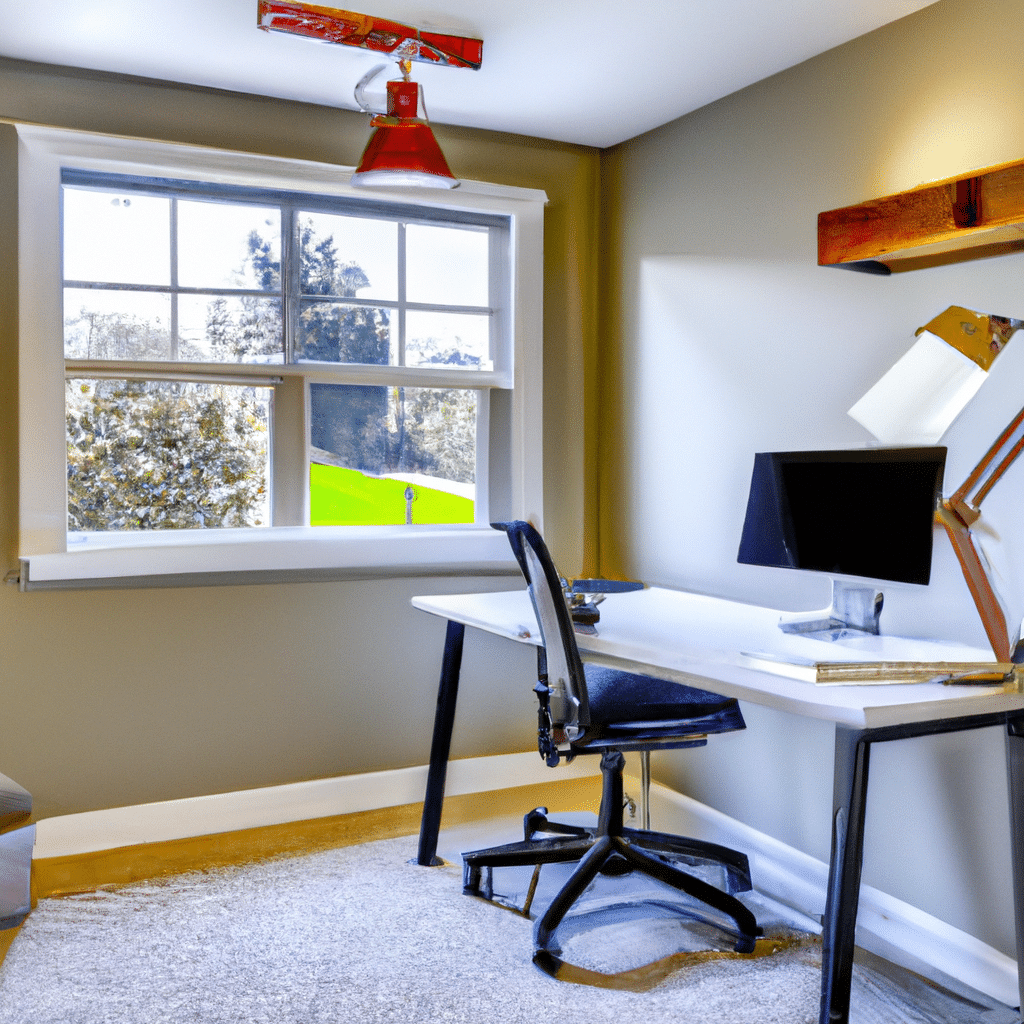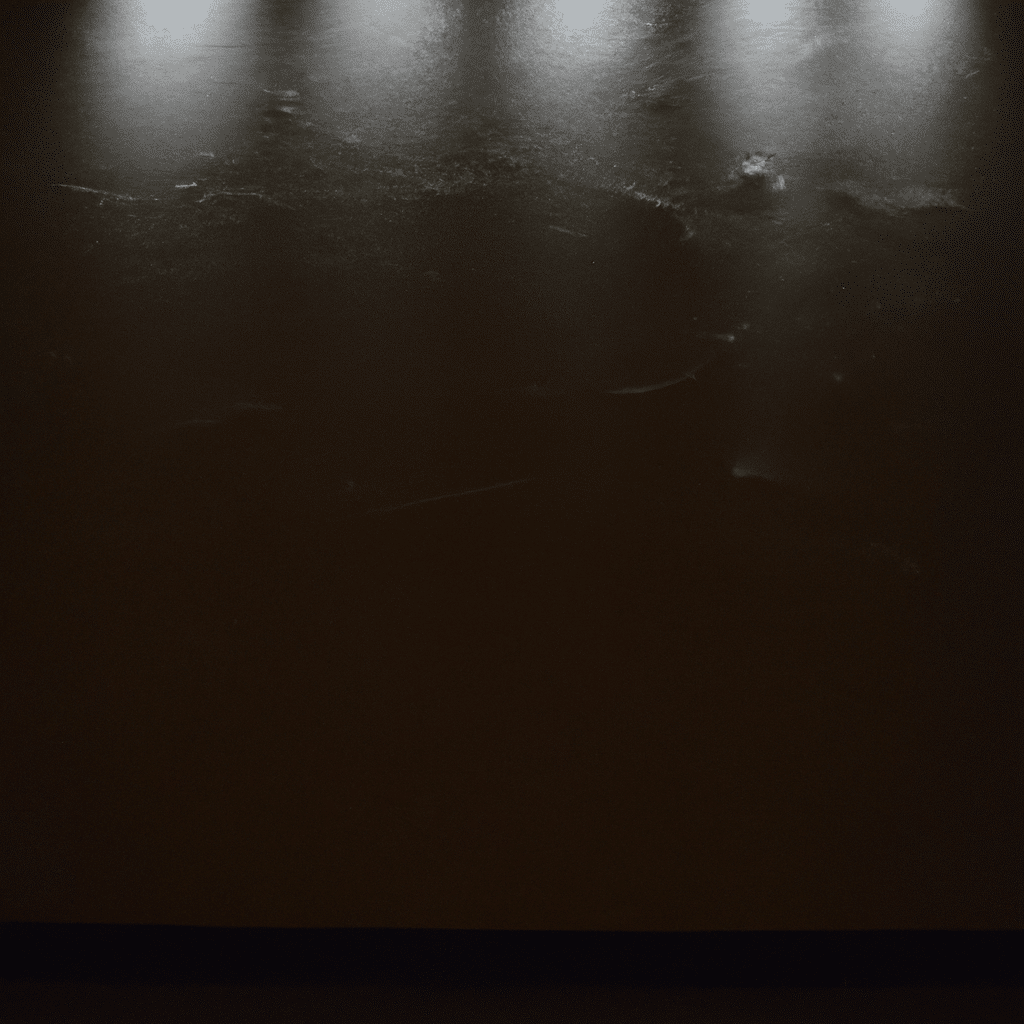
When it comes to setting up a home office, one of the most important aspects to consider is lighting. Choosing the right lighting for your workspace can have a significant impact on your productivity, mood, and overall well-being. In this comprehensive guide, we will walk you through everything you need to know about selecting the perfect lighting for your home office.
Understanding the Basics of Lighting
Before we dive into the details of choosing the right lighting for your home office, let’s first understand the basics of lighting. Lighting can be divided into three main categories: ambient, task, and accent.
Ambient lighting is the general lighting that illuminates a room. It can be achieved through overhead fixtures, ceiling fans, or even natural light from windows. Task lighting, on the other hand, is designed to provide focused light to a specific area or task. Examples of task lighting include desk lamps, floor lamps, and reading lights. Accent lighting is meant to highlight a particular feature or object in a room, such as artwork or a bookshelf.
Assessing Your Lighting Needs
The first step in choosing the right lighting for your home office is to assess your lighting needs. Consider the type of work you will be doing in your workspace and the amount of natural light your room receives. If you primarily use a computer, you may need task lighting to reduce eye strain and prevent headaches. If your office is in a basement or lacks natural light, you may need to add more ambient lighting to brighten up the space.
Choosing the Right Bulbs
Once you have assessed your lighting needs, it’s time to choose the right bulbs. There are three main types of bulbs to consider: incandescent, fluorescent, and LED. Incandescent bulbs are the traditional, warm, and yellow-toned bulbs that have been used for decades. Fluorescent bulbs are energy-efficient and produce less heat, but they can be harsh and flicker. LED bulbs are becoming increasingly popular due to their energy efficiency, long lifespan, and ability to produce a variety of light colors.
When selecting bulbs for your home office, consider the color temperature (measured in Kelvin). Lower Kelvin values (2700-3000K) produce warm, yellow-toned light, while higher Kelvin values (5000-6500K) produce cool, blue-toned light. For a home office, aim for bulbs with a color temperature of around 4000K, which provide a neutral, white light that is easy on the eyes.
Choosing the Right Fixtures
Now that you have selected the right bulbs, it’s time to choose the right fixtures. Desk lamps are essential for providing task lighting, but you can also use floor lamps, wall sconces, and overhead fixtures to create ambient lighting. When selecting fixtures, consider the style and design of your home office. Choose fixtures that complement your existing decor and provide the right amount of light for your needs.
Controlling Your Lighting
One often overlooked aspect of lighting is control. Having the ability to adjust the brightness and color of your lighting can have a significant impact on your productivity and mood. Consider adding dimmer switches or smart lighting systems that allow you to adjust your lighting with a smartphone app or voice commands.
Conclusion
Choosing the right lighting for your home office is essential for creating a productive, comfortable, and healthy workspace. Assess your lighting needs, select the right bulbs and fixtures, and consider adding control options to optimize your lighting setup. With these tips in mind, you can create a home office that is perfectly lit for your needs.



